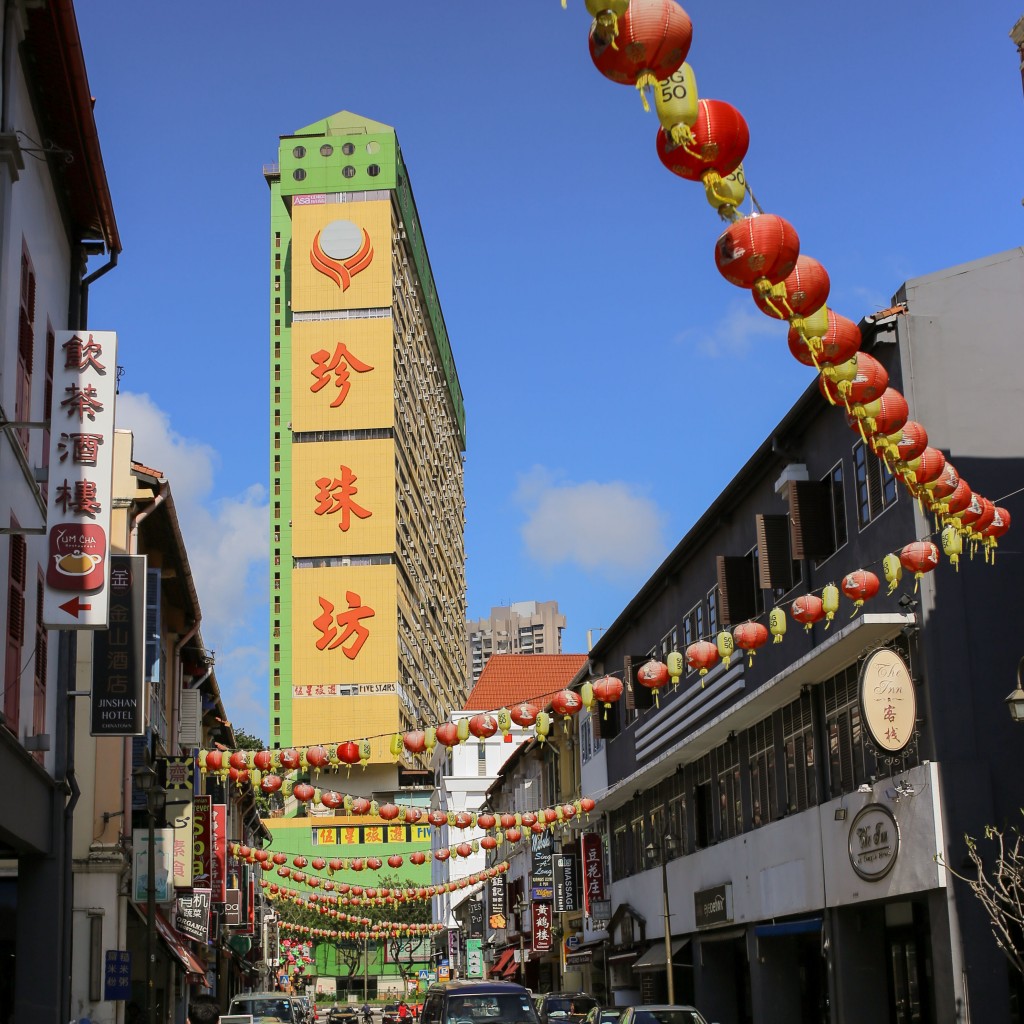‘You don’t ask me to speak Mandarin, okay?’: Ideologies of language and race among Chinese Singaporeans
June 14, 2023

Singapore’s racial classification system — the Chinese, Malay, Indian, and Others (CMIO) scheme — is a key policy in maintaining racial harmony among the country’s diverse multiracial population. Each racial category is associated with traits defined by the state’s racial ideology, a prominent state-defined trait being the mother tongue associated with the three major racial groups in the country.
Singaporeans are classified by and first interact with the state’s CMIO scheme through the education system. Their racial identity decides their mother tongue (MT), a compulsory subject for all students in Singapore schools. Singaporean Chinese children are directed to learn Mandarin, Malay children will study Malay, and Indian children will take Tamil.
Nan Hua High School, now classified as a school in the Special Assistance Programme, was established on 14 June 1917. As part of the Special Assistance Programme, all students in the school are required to undergo advanced levels of Mandarin language training.
In “‘You don’t ask me to speak Mandarin, okay?’: Ideologies of language and race among Chinese Singaporeans” (Language and Communication, 2021), Jun Jie Lim (UCSD Linguistics), Spencer C. Chen (UCLA Anthropology), and Associate Professor Mie Hiramoto (NUS English, Linguistics and Theatre Studies) note that members of the Chinese Singaporean community have historically not been associated with Mandarin. Instead, Chinese Singaporeans have closer ties with Chinese dialects — Hokkien, Teochew, Hainanese, and Cantonese — and are increasingly aware of this fact. They demonstrate that the state has not been successful in convincing Chinese Singaporeans that their MT is Mandarin instead of the Chinese dialects which their community once spoke. They argue that the state’s overall language policy, coupled with an increasing awareness of the close associations between their heritage and the Chinese dialects, has resulted in Chinese Singaporeans attempting to carve out a distinct identity for themselves – one dissociated from the mainland Chinese community.
The authors point out that attempts to differentiate Mandarin over the Chinese dialects can be observed by the state’s endeavor to legitimize the association of Mandarin with the Chinese Singaporean community. This is observed when the state portrays Mandarin as desirable and positive, attempts to erase the complex ethnolinguistic history of the Chinese Singaporean community through public policy, and paints Mandarin speakers in a positive light as opposed to dialect speakers.
Despite these attempts, the authors note that Chinese Singaporeans have stopped short of fully adopting Mainland Standard Mandarin into their vernacular. In addition, through the use of viral videos, the authors demonstrate Chinese Singaporeans’ discourse suggests conscious attempts at ‘othering’ and excluding mainland Chinese in Singapore despite shared cultural values and norms; illustrating how language has been instrumental in discriminating against a smaller group of Mainland Chinese within the larger Chinese community in the country.
The authors believe this demonstrates deliberate resistance among the Chinese Singaporean community to state racial ideology, ultimately showing that the state has been unsuccessful in legitimizing Mandarin as the MT of Chinese Singaporeans, and also demonstrating Chinese Singaporeans’ intention to distance themselves from Mainland Chinese.
Read the article here: https://doi.org/10.1016/j.langcom.2020.10.003
